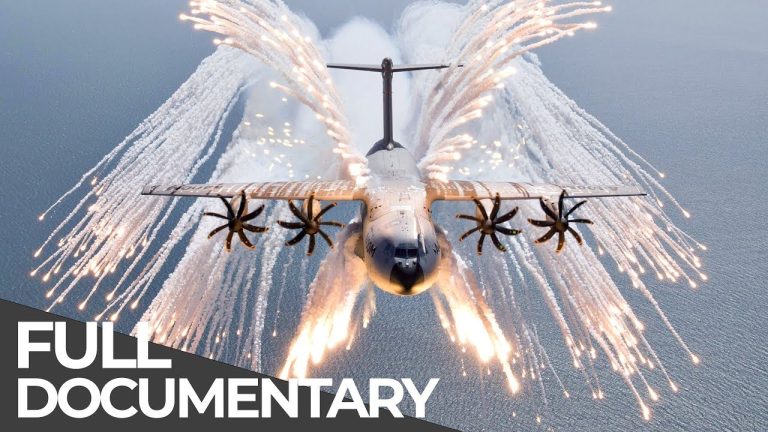In a tragic turn of events, the Jeju Air crash on December 29, 2024, which resulted in the loss of 179 lives, has been linked to bird strikes that severely impacted both engines of the Boeing 737-800. Investigators have uncovered compelling evidence, including bird remains and blood, indicating that multiple bird strikes occurred before the aircraft’s landing attempt at Muan International Airport in South Korea. This incident has been classified as the worst aviation disaster in South Korean history.

As details surrounding the crash emerge, it has come to light that the aircraft’s final four minutes of flight were not recorded by its flight data recorders or cockpit voice recorders. This failure raises critical questions about a potential total electrical failure that may have occurred simultaneously, rendering vital recording systems inoperative. Sources suggest that the transponder, responsible for relaying the aircraft’s location and speed, ceased to function just four minutes before the crash, further complicating the investigation.
The loss of power in the aircraft’s systems appears to have stemmed from significant electrical failures, which may have been triggered by the bird strikes. Historically, flight data and cockpit voice recorders are equipped with backup battery systems to maintain functionality during electrical emergencies; however, it has been suggested that the specific configurations for this aircraft did not include such redundancies, raising concerns about regulatory requirements in South Korea compared to those in the United States.
Witnesses captured video footage showing sparks emitting from both engines, indicating significant damage. Analysis of this footage suggests that one engine may have been unable to maintain idle thrust due to the damage sustained from the bird strikes, while the other engine continued to operate but with reduced power.
As the aircraft approached the runway for landing, the pilots faced an increasingly precarious situation. With one engine possibly failing and significant thrust loss from the other, they made the decision to divert to a different runway, which, tragically, led to a crash when the aircraft could not maintain altitude.
The investigation also indicates that the pilots may not have been able to deploy the landing gear or flaps effectively due to the electrical failures, which would have significantly hampered their ability to land safely. While the use of manual gear extension protocols exists, it is unclear whether the crew was able to implement these measures given the chaotic conditions they faced.
This incident serves as a stark reminder of the unpredictable dangers posed by bird strikes in aviation. As the investigation continues, it is crucial to assess not only the regulatory frameworks that govern aircraft safety but also the training and protocols available to pilots in emergency scenarios. The aviation community will undoubtedly scrutinize this tragedy to improve safety measures and prevent future occurrences.
Our thoughts remain with the families and friends of those lost in this devastating event. As investigators work to piece together the final moments of this ill-fated flight, the hope is that lessons learned will enhance the safety and reliability of air travel in the future.






